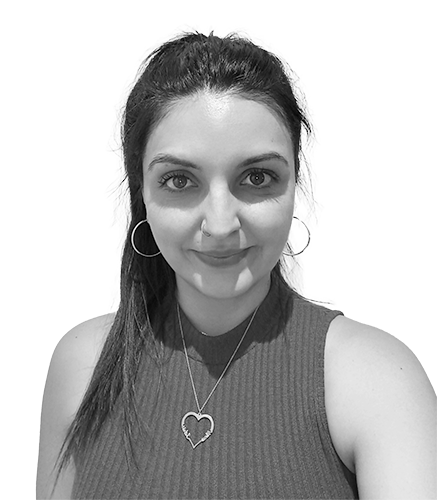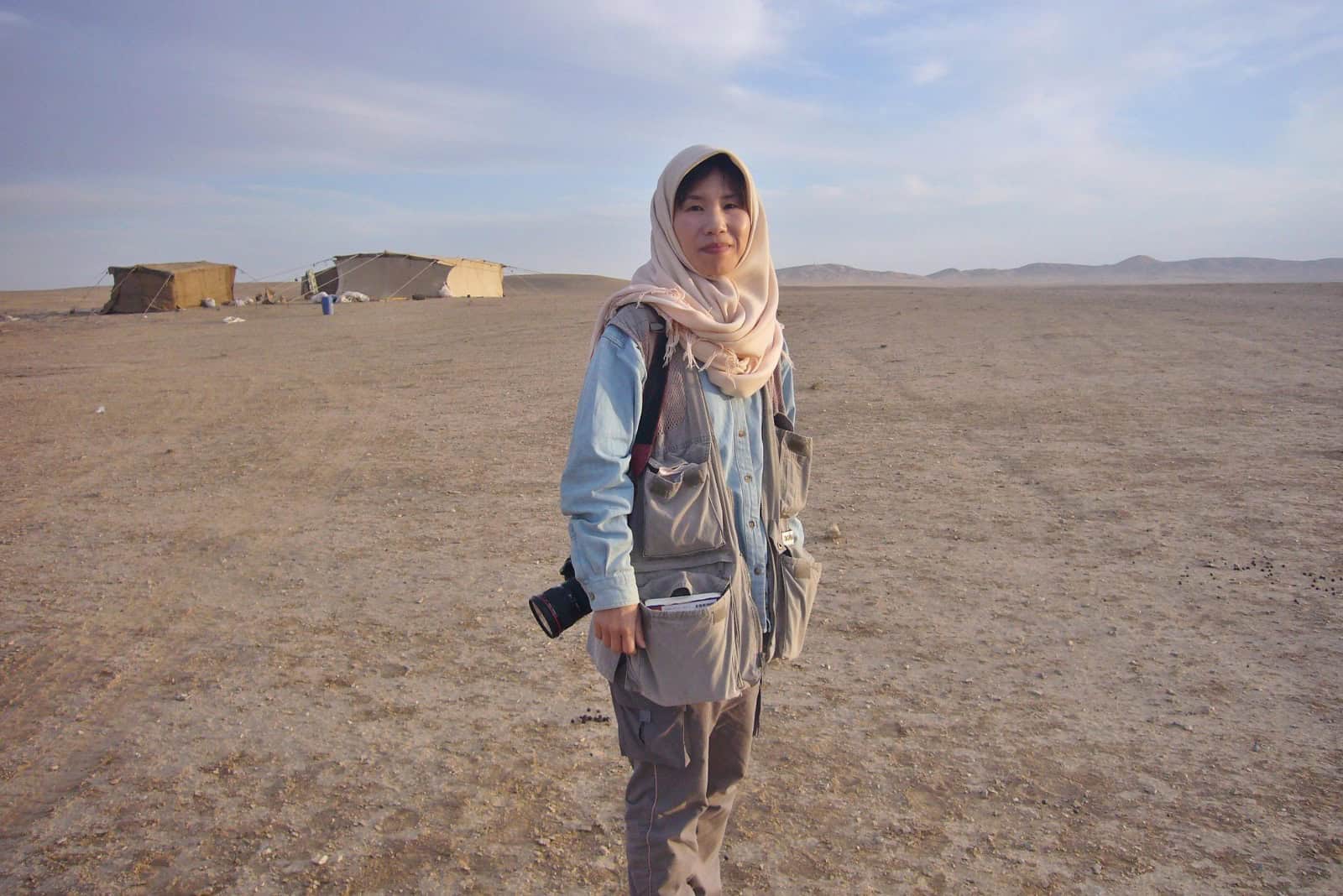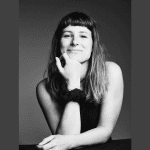A Life Among the Bedouins of Syria
At Photo London in May 2024, I visited an extraordinary exhibition curated by the Syrian gallerist Raghad Mardini from the Litehouse Gallery. It showcased the works of Japanese photographer Megumi Yoshitake, who has spent decades documenting life among the Bedouins in Syria. As someone who is half Syrian and grew up with stories of Bedouin hospitality, I was deeply moved by her photographs and eager to learn more about her unique journey.
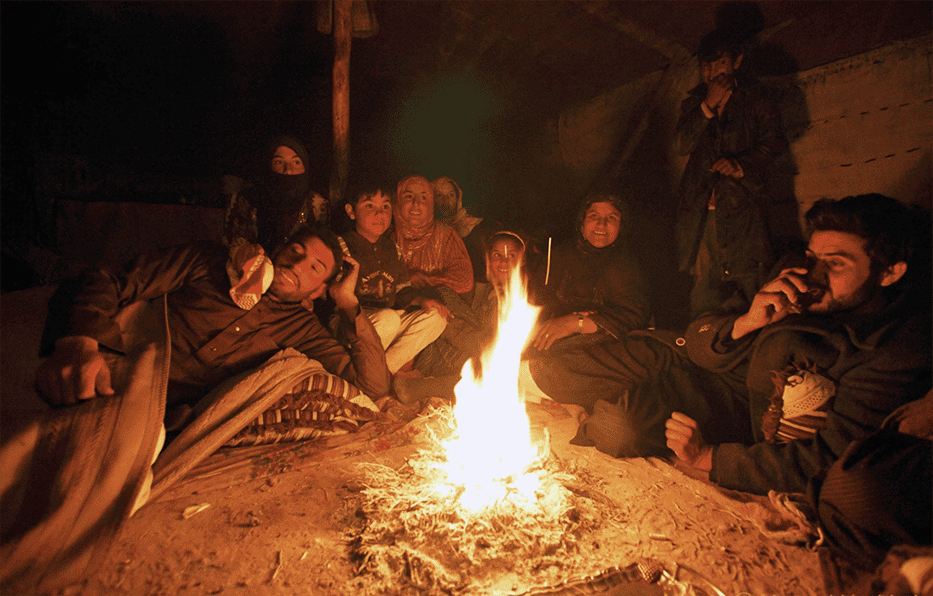
Yoshitake embarked on her first solo journey to Syria in 1987. Following her marriage in 2001, she chose Syria as the destination for her honeymoon. By 2004, accompanied by her sixteen-month-old son, the entire family ventured to Syria together, establishing a tradition of annual visits thereafter. Notably, from 1995 to 2011, Megumi dedicated a portion of each year to residing with a Bedouin family in Subaa, situated in the Syrian desert near Palmyra. The term “Bedouin” originates from the Arabic word “badija,” signifying “people who live in the wasteland.” Historically, the Bedouins, synonymous with the broader Arab ethnicity, were renowned nomads. Presently, the Bedouin communities in the Syrian desert proudly identify as Arab, emphasizing their cultural heritage. Arabic serves as the predominant native language among them.
In my exploration of Yoshitake’s photographs, I am struck by the profound emotions captured in her portraits and the vibrant colours depicting the attire of the Bedouins and the landscapes they inhabit. This personal connection underscores the universal appeal of Yoshitake’s visual storytelling, transcending cultural and linguistic boundaries.
An Unexpected Inspiration
Can you tell us about your initial fascination with Syria and what drew you to explore and document life there through photography?
When I was 15, I watched the film “Lawrence of Arabia” and was captivated by the Arab world and the desert. This fascination inspired me to become a photographer. My first trip to Syria was in 1987. Despite having learned a lot about the Arab world, I had never photographed it before. It was during this trip that I took my first photograph.
Immersing in Bedouin Life
Living with Bedouin families in the Syrian desert is quite a unique experience. Could you share some memorable moments or experiences that shaped your understanding of their culture and way of life?
When I first stayed with the Bedouins in 1987, the initial ten days were very challenging. The stark difference from my life in Japan was overwhelming. I tried to live exactly as they did—eating their food, and sleeping as they did. Over time, I adapted and even began to prefer the simplicity and authenticity of desert life.
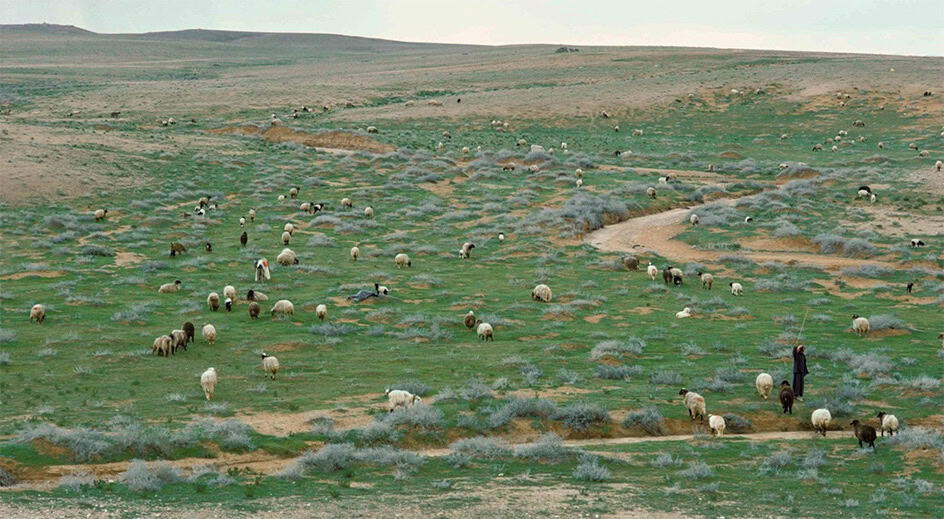
Returning to the city of Palmyra to renew my visa provided a stark contrast. The city’s modern comforts felt less genuine compared to the desert. The hospitality and warmth of the Bedouins were unparalleled, and I realized that I had fallen in love with the desert. I discovered that I preferred sleeping in the desert, surrounded by the sounds of laughter and family, even with a bit of sand in my bed. It was then that I truly realized my deep affection for the desert.
The chief of the tribe, wearing traditional clothes, struck me as far more beautiful than the city dwellers in their modern, Western attire. The food in the city was clean and abundant, yet it lacked the flavor and satisfaction of the meals I had in the desert.
When I went back to the desert after my stay in the city, my perspective and my photography changed. Initially, I was tense and focused more on the scenery. But after my return, my approach shifted. I felt a stronger connection with the people, and this intimacy was reflected in their expressions and in my photographs. The children’s faces, in particular, became more relaxed and joyful, revealing a deeper bond.
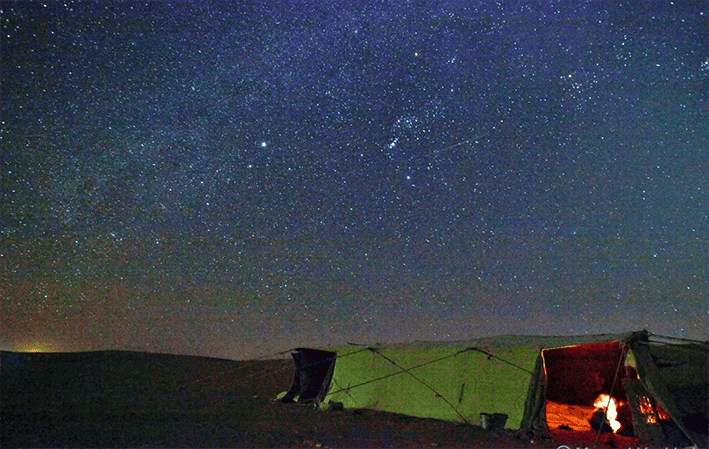
Capturing the Essence
Your book Arab Bedouin of the Syrian Desert: Story of a Family features your photography from your time spent with nomadic communities in Syria. What inspired you to create this book, and what message or story were you hoping to convey through your photographs?
I started documenting the Bedouins in 1995, long before the social turmoil began in 2011, which made it impossible to return. Creating the book was a way to preserve and share the beauty and resilience of the Bedouin people. I wanted to convey the richness of their culture and the depth of their humanity. Despite the challenges, their hospitality and kindness were always evident.
Overcoming Barriers
Despite not speaking Arabic or English, you managed to capture powerful visual narratives through your photography. How did you navigate the language and cultural barriers during your time in Syria, and how did this influence your approach to photography?
I made my own dictionary to communicate. Simple words like “water” became essential tools for connection. Visual storytelling transcends language, and photographs can express emotions and stories that words sometimes cannot. Dr. Giro Orita, a Japanese man who had lived in Aleppo for 44 years, connected me with the Bedouin family, ensuring my safety and facilitating my integration. He greatly contributed to the development of livestock farming in Syria and was beloved by many Syrians. Dr. Orita passed away in 2008, and his grave is in Aleppo. A monument at the National Museum of Damascus, inscribed with the message “In Remembrance of Dr. Giro Orita & Aspiration for Further Friendship,” praises his achievements.
The Warmth and Hospitality of the Syrian People
You’ve mentioned the warmth and hospitality of the Syrian people in your writings. Can you elaborate on how their kindness and sense of community impacted you personally and shaped your perspective on life and photography?
The kindness and hospitality of the Syrian people have left a profound impact on me. Their sense of community and generosity made me feel at home in a foreign land. It taught me the value of human connection and resilience. The Syrian people are the true treasures of their country. Despite the negative perceptions due to the conflict, Syria has a rich history, culture, and incredible hospitality. I want to showcase these aspects through my photography to change the narrative and highlight the beauty of Syria and its people.
Resonating Across Cultures
Your work has been exhibited in various places, including Germany and Switzerland. How do you feel your photographs resonate with audiences from different cultural backgrounds, and what reactions have you received to your portrayal of Syrian life?
Audiences often see Syria for the first time through my lens. Many thanked me for sharing a different perspective of Syria, beyond the conflict. My photographs resonate with viewers by highlighting universal themes of family, community, and resilience. People from different cultural backgrounds appreciate the authenticity and humanity in my work.
A Shared Connection
Listening to Megumi Yoshitake’s story, I felt a profound connection. Her journey mirrored the tales of Bedouin hospitality and resilience I grew up hearing. “Your work feels like a rediscovery of my heritage,” I told her. She smiled and replied, “That’s the power of storytelling, connecting us to our roots and each other.”
Yoshitake’s commitment to showcasing Syria’s beauty and culture remains strong, even as the country faces ongoing challenges. “Syria’s true treasure is its people,” she emphasized. “Their kindness and community spirit are what I hope to share with the world.”
Through her photographs, Megumi Yoshitake has immortalized the spirit of the Bedouins, offering a unique and heartfelt perspective on their lives. Her work not only documents their existence but also serves as a bridge connecting us to the beauty of a life deeply intertwined with nature and tradition.
As I conclude my journey through Megumi Yoshitake’s exhibition, her words resonate deeply within me. She speaks of Syria’s “rich culture, beautiful nature, delicious food, a sense of peaceful safety.” Her perspective challenges stereotypes, emphasizing that Syria, despite its portrayal in media, projects a sense of safety surpassing even that of her homeland, Japan.
Yet, it’s not the historical landmarks or picturesque landscapes that linger most in Yoshitake’s reflections; it’s the people. She emphasizes their hospitality, their genuine care for one another, and the profound importance they place on family and community. In her eyes, amidst the turmoil, the Syrian people stand as the true treasures, surpassing even the cultural world heritages of their land.
Yoshitake’s touching words come as a reminder of the transformative power of empathy and understanding. Through her photographs, she invites us to look beyond the headlines, to see Syria not as a land of conflict but as a place filled with resilience, warmth, and humanity.
Lama ISSA
